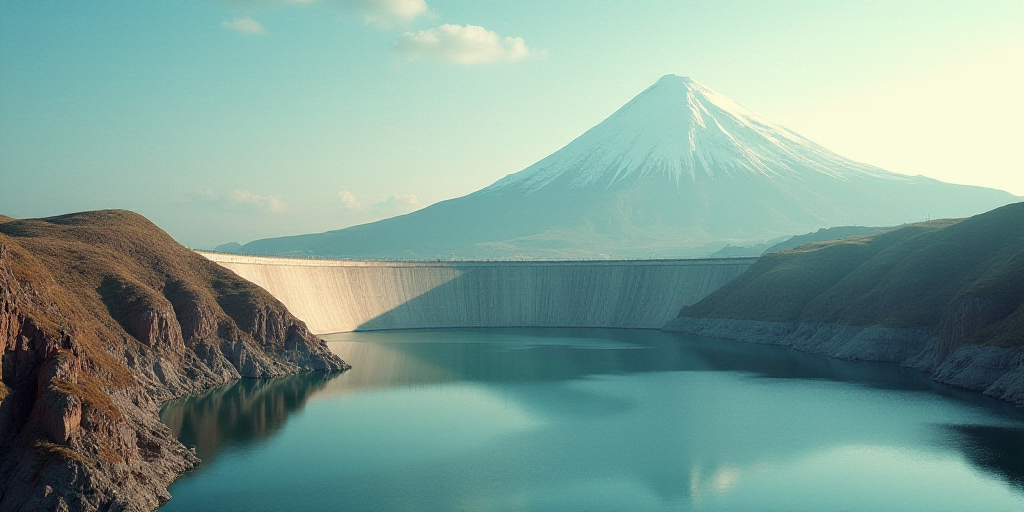Background on the Colorado River Treaty and Current Water Demand
The U.S.-Mexico Colorado River Treaty of 1944 was established when there was no drought, according to a Congressional report. The original foundation of the Colorado River agreement assumed more water availability than what was actually consumptive (used), and drought in the basin has exacerbated this issue.
Although recent agreements have reduced usage, water consumption across the basin, including evaporation, has continued to exceed natural flows in most years. Long-term flow projections estimate that available supplies will continue to decrease, while new demands and diversions, such as tribal water rights development, suggest that competition for this water among users will keep rising.
Impact of Drought
The annual natural flows of the Colorado River, as noted in the report, have significantly decreased since 2000. Between 2000 and 2022, the basin experienced one of its driest periods in over 100 years and one of the driest in the last 1,200 years.
Climate change impacts, such as rising temperatures and altered precipitation patterns, could further increase the likelihood of prolonged drought in the basin. Most major agreements analyzed are set to expire by the end of next year, prompting a post-2026 operational planning process to identify various alternatives for managing the Colorado River over the coming decades.
Should stakeholders in the basin fail to agree on post-2026 operational terms, the federal government, through the Interior Secretary, may unilaterally propose such terms.
Key Questions and Answers
- What is the Colorado River Treaty of 1944? It’s an agreement between the U.S. and Mexico that allocated water from the Colorado River, signed when there was no drought.
- Why is the current water demand issue relevant? The treaty was based on an assumption of more available water than what’s actually consumptive, but drought has made this unsustainable.
- How severe is the drought in the Colorado River Basin? The basin has experienced one of its driest periods in over 100 years, with climate change potentially worsening the situation.
- What happens if there’s no agreement on post-2026 operational terms? The U.S. federal government, through the Interior Secretary, may propose unilateral terms for managing the Colorado River.






